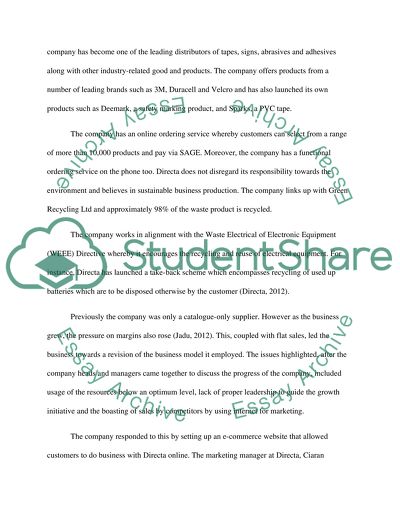Cite this document
(“The essentials of international marketing in the context of a UK-based Essay”, n.d.)
Retrieved from https://studentshare.org/marketing/1396249-the-essentials-of-international-marketing-in-the-context-of-a-uk-based-firm-directa-ltd
Retrieved from https://studentshare.org/marketing/1396249-the-essentials-of-international-marketing-in-the-context-of-a-uk-based-firm-directa-ltd
(The Essentials of International Marketing in the Context of a UK-Based Essay)
https://studentshare.org/marketing/1396249-the-essentials-of-international-marketing-in-the-context-of-a-uk-based-firm-directa-ltd.
https://studentshare.org/marketing/1396249-the-essentials-of-international-marketing-in-the-context-of-a-uk-based-firm-directa-ltd.
“The Essentials of International Marketing in the Context of a UK-Based Essay”, n.d. https://studentshare.org/marketing/1396249-the-essentials-of-international-marketing-in-the-context-of-a-uk-based-firm-directa-ltd.


